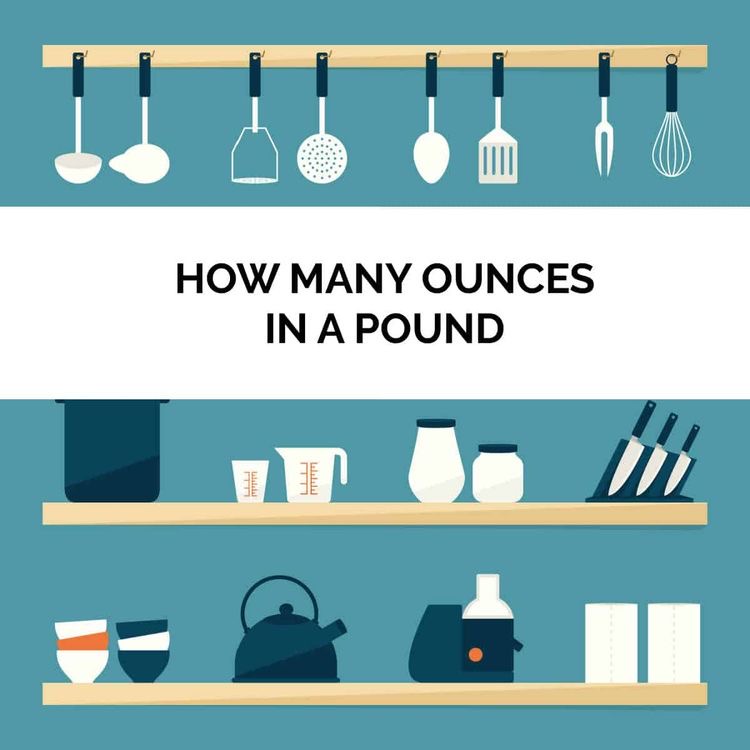Introduction
When it comes to understanding fluid measurements, one commonly asked question is, “How many ounces in a pint?” Whether you’re a seasoned cook, a bartender, or simply curious about the origins of these units, this article aims to provide a comprehensive guide to help you grasp the concept of pints and ounces.

Table of Contents
Understanding Fluid Measurements
Fluid measurements play a crucial role in various aspects of our lives. From cooking to construction, accurate measurements are essential to achieve desired results. Understanding how different units of measurements relate to each other is fundamental to many industries and day-to-day activities.
The Definition of a Pint
A pint is a unit of volume used to measure liquids. It is part of the Imperial and U.S. customary systems of measurement. The term “pint” is derived from the Latin word “pincta,” which means “painted” or “marked.” Historically, the pint was marked on containers to indicate specific liquid quantities.
The Origin of the Pint Measurement
The pint measurement dates back to ancient times when various civilizations sought standardized units of measurement. Over the centuries, the pint evolved into different versions across regions.
Converting Pints to Fluid Ounces
Before we delve into specific pint measurements, it’s important to understand the conversion between pints and fluid ounces. One pint is equivalent to 16 fluid ounces.
Different Types of Pints: How Many Ounces in a Pint
There are three main types of pints in use today: the U.S. liquid pint, the U.S. dry pint, and the Imperial pint. Each type has a slightly different volume.
The U.S. Liquid Pint
The U.S. liquid pint is the most common pint measurement used in the United States for liquid substances. It is equal to 16 U.S. fluid ounces.
The U.S. Dry Pint
The U.S. dry pint, on the other hand, is used to measure dry goods, such as grains and produce. It is also equivalent to 16 U.S. fluid ounces.
The Imperial Pint
The Imperial pint is used in the United Kingdom and some Commonwealth countries. It is larger than the U.S. pints, with one Imperial pint equaling approximately 20 Imperial fluid ounces.
How Many Ounces in a U.S. Liquid Pint
As mentioned earlier, there are 16 fluid ounces in a U.S. liquid pint. This measurement is commonly used in cooking and in the beverage industry to serve individual portions.
How Many Ounces in a U.S. Dry Pint
Similar to the U.S. liquid pint, the U.S. dry pint also contains 16 fluid ounces. However, it is important to note that the dry pint is used for measuring dry ingredients, such as flour or berries, which may vary in weight.
How Many Ounces in an Imperial Pint
In contrast to the U.S. pints, the Imperial pint contains approximately 20 Imperial fluid ounces. This difference in volume is essential to consider when dealing with recipes or measurements across different systems.
Practical Applications of Pints and Ounces
Pints and ounces are commonly used in various practical applications, such as cooking, baking, and in the beverage industry.
Pints and Ounces in Cooking and Baking
Recipes often call for measurements in pints and ounces. Whether you’re preparing a savory sauce or baking a batch of cookies, understanding these measurements is vital to achieving the desired outcome.
Pints and Ounces in the Beverage Industry
In bars and restaurants, beverages are frequently served in pints. Understanding pint measurements ensures consistent and accurate serving sizes for customers.
Pints, Ounces, and the Metric System
While the Imperial and U.S. customary systems continue to use pints and ounces, many countries worldwide have adopted the metric system. The metric system provides standardized units of measurement based on powers of ten, offering simplicity and ease of use.
The Importance of Accurate Measurements
Accurate measurements are crucial in a wide range of industries. In sectors such as pharmaceuticals, engineering, and construction, precise measurements ensure product quality and safety.
Conclusion
In conclusion, understanding fluid measurements is essential in our daily lives. When it comes to the question, “How many ounces in a pint?” the answer is 16 fluid ounces in both U.S. liquid and dry pints, and approximately 20 Imperial fluid ounces in the Imperial pint. Whether you’re a professional chef or a home cook, knowing these conversions empowers you to create delicious meals and beverages with confidence.
FAQs
- Q: Can I use a U.S. liquid pint measurement for dry ingredients? A: No, the U.S. liquid pint is specifically for liquid substances. For dry ingredients, use the U.S. dry pint.
- Q: Why is the Imperial pint larger than the U.S. pint? A: The Imperial system and U.S. customary system have different historical origins, leading to variations in their respective measurements.
- Q: Is a pint the same as a half-liter in the metric system? A: No, a pint is approximately equal to 0.473 liters, making it slightly smaller than a half-liter.
- Q: Can I convert fluid ounces to pints using the metric system? A: No, fluid ounces are part of the Imperial and U.S. customary systems. Use milliliters or liters in the metric system.
- Q: Is the pint used globally? A: While some countries use the pint, many have transitioned to the metric system, which utilizes liters and milliliters for fluid measurements.
Share this content:








